This is an encore of a story which first appeared in this space five years ago this month. If you have any excuse to be in the area north of New York City and haven’t gone to the bridge, it’s an experience you should have!
The photo above was taken from the Poughkeepsie end, the eastern side of the bridge during my first visit. I’ve walked all or most of the way across the bridge at least four times. All visits since the first one have been from the western side, located on Haviland Road just off of Route 9W in Highland, New York – it just seems to be an easier approach, unless you have reason to be in the greater Poughkeepsie area.
Isn’t this a beautiful walkway? It’s known as the Walkway Over the Hudson and sits more than 200 feet above the waters of the Hudson River at Poughkeepsie, New York.
Although the concrete flooring and railings are less than 10 years old, the bridge itself was built 130 years ago … as a railroad bridge!
While first proposed 20 years earlier, it finally opened to rail traffic on January 1, 1889, after overcoming multiple political and financial challenges. This would be the only rail bridge crossing the Hudson south of Albany, providing much faster routing of rail freight to and from southern New England — the only other option being two rail car-float ferries, one a few miles south at Fishkill, New York and the other running across New York harbor.
The history relating to the bridge — shown here in a 1900 photo — and the railroads utilizing it is very long and convoluted, so I’ll skip much of that detail and provide links to articles for those wishing to read more. The short version is that not long after the bridge opened, it and a line running west to a rail yard at Maybrook, New York, would come under ownership of the Central New England Railway … which itself would be acquired by the New York, New Haven & Hartford Railroad, known simply by most as the “New Haven,” in 1904. By this time, traffic had really blossomed, as the other end of the Maybrook Yard became an interchange point for four different railroads, the Lehigh & New England, the Erie, the Lehigh & Hudson River and the Ontario & Western.
Throughout the first half of the 20th century, business was great. However, following The Second World War, the freight business began to decrease — one example, the demand for clean-burning Anthracite (hard coal) was dropping — and the New Haven’s revenues, which depended very much on its huge passenger business, were falling. By the early 1960’s, both the Ontario & Western and Lehigh & New England had ceased operations and the New Haven and Erie were in bankruptcy, with the Erie merging with the Delaware, Lackawanna & Western to create the Erie-Lackawanna. A root cause here was the over-building of rail lines through the region during the previous 70 years.
In 1968, following the merger of the Pennsylvania Railroad and the New York Central, the U. S. Government forced the New Haven into becoming part of the new Penn-Central operation. This had an immediate negative impact on the Poughkeepsie Bridge, as the Penn-Central folks had their own routing for freight traffic, mostly crossing the Hudson up north in the Albany area … leaving the bridge to handle no more than a few trains a day.
Then, in 1974, a fire developed in the wooden platform on this steel bridge, supposedly caused by a spark from a railcar’s defective brake … yet, in many circles the cause is believed to be the work of an arsonist. The Penn-Central management, already dealing with bankruptcy, had no interest in repairing a bridge they didn’t want … and the government-sponsored entity Conrail, which absorbed Penn-Central including the freight operations of the New Haven in 1976, had even less interest in taking responsibility for the bridge.
Fast forward to the early 2000’s … having become obvious that the bridge would never see another train cross it, a group of interested citizens and organizations came together to transform it into a walking bridge, with its grand opening taking place in 2009.
While the “over the water” portion of the Walkway Over the Hudson Bridge is only a quarter-of-a-mile long, the total bridge is a mile-and-a-quarter in length … a fair piece of it above the city of Poughkeepsie. This latter fact brings to mind something I’ve not seen mentioned anywhere else: Where were the Poughkeepsie “city fathers” in the 1880’s when the bridge project was moving forward, considering that the many freight trains which would cross over the city each day would be pulled by large steam locomotives emitting smoke, soot and cinders that would fall on those living below!
Not sure what was below the bridge 80 years ago, but these sit below it today. And, another perspective on how high the bridge is, here’s a look down at the Poughkeepsie Metro-North commuter station on the rail line which runs north along the east bank of the Hudson.
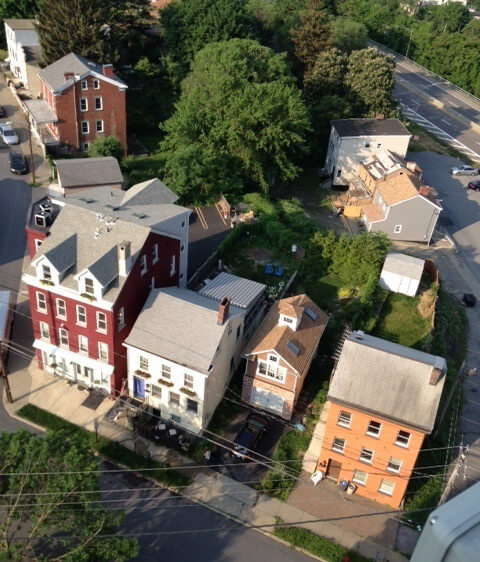
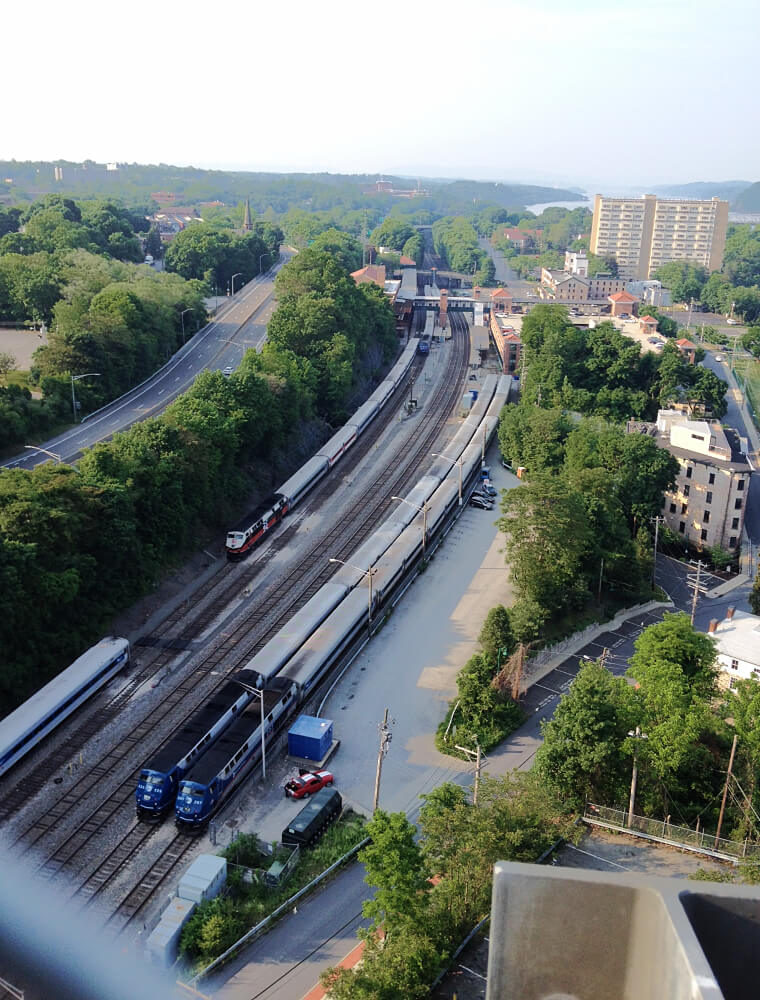
I’ve had the joy of walking the bridge twice in the past five years and anticipate doing it again soon! If you are aware of this beautiful walkway and have been there, I hope you found it worth the effort. If not and you have the opportunity, it’s a nice trip up the Hudson Valley from the New York metro area. And, close by are the President Franklin Roosevelt home, Library and Museum and the famed Culinary Institute of America.
Before closing, I have two YouTube videos for you … The first (https://youtu.be/sfYmBySg_do) was produced by the Walkway Over the Hudson organization; the only issue I take with it is the over-emphasis on passenger trains, whereas rail history indicates there was little in the way of passenger traffic – this was a freight rail bridge for getting goods into and out of New England. The other (https://youtu.be/DprcLfcufT8) is a video recorded in 1991 by the gentleman who states he was the one who spearheaded the turning of the bridge into a walkway.
Meanwhile, if you haven’t done so … I invite you to click on the button below and sign up for receiving an email notification — which includes a brief synopsis of the subject matter — when a new edition of Marlin’s Musings is posted, usually on Thursday mornings. You never know what I’ll come up with next week … likely another radio story! Thank you.
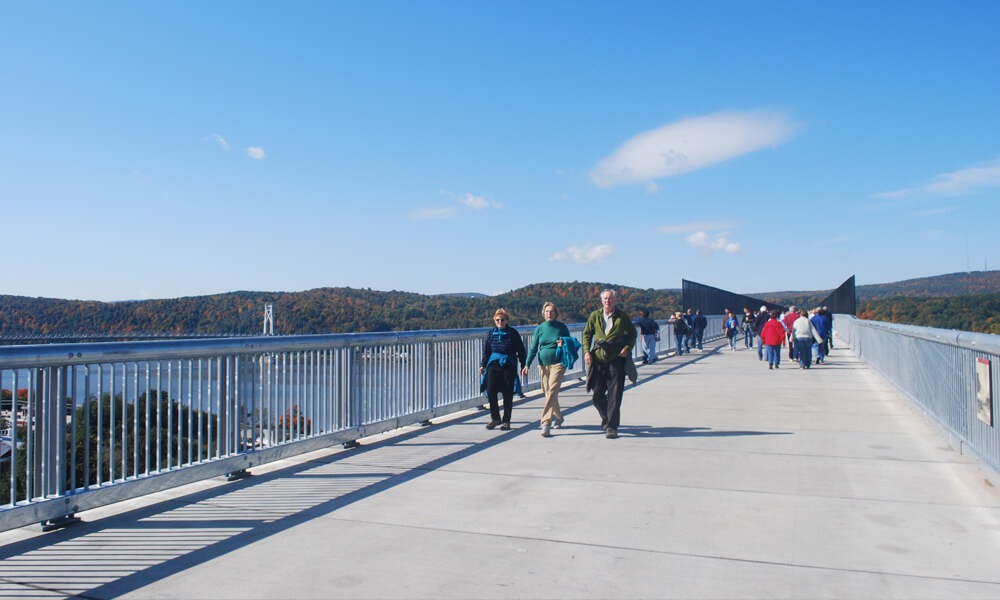
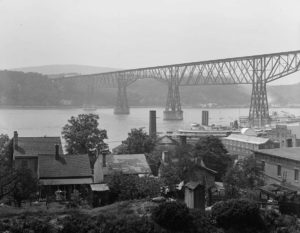
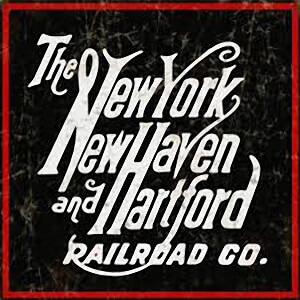
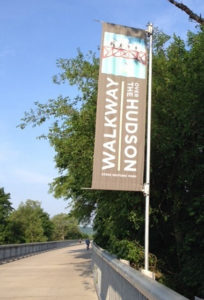

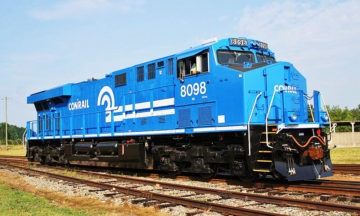
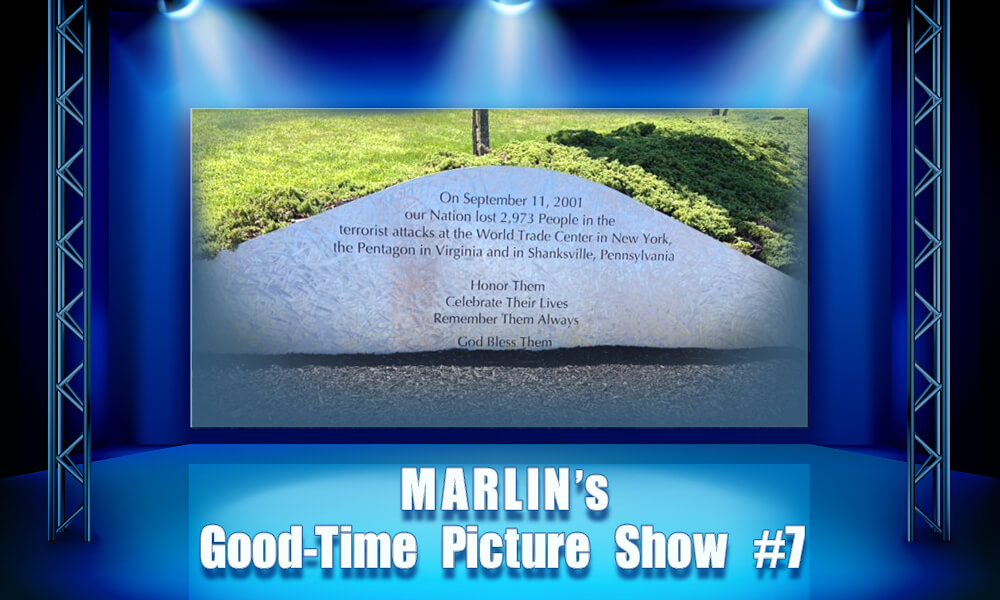

Great historical article on a little known but important piece of East Coast Railroad history. Thanks Marlin.